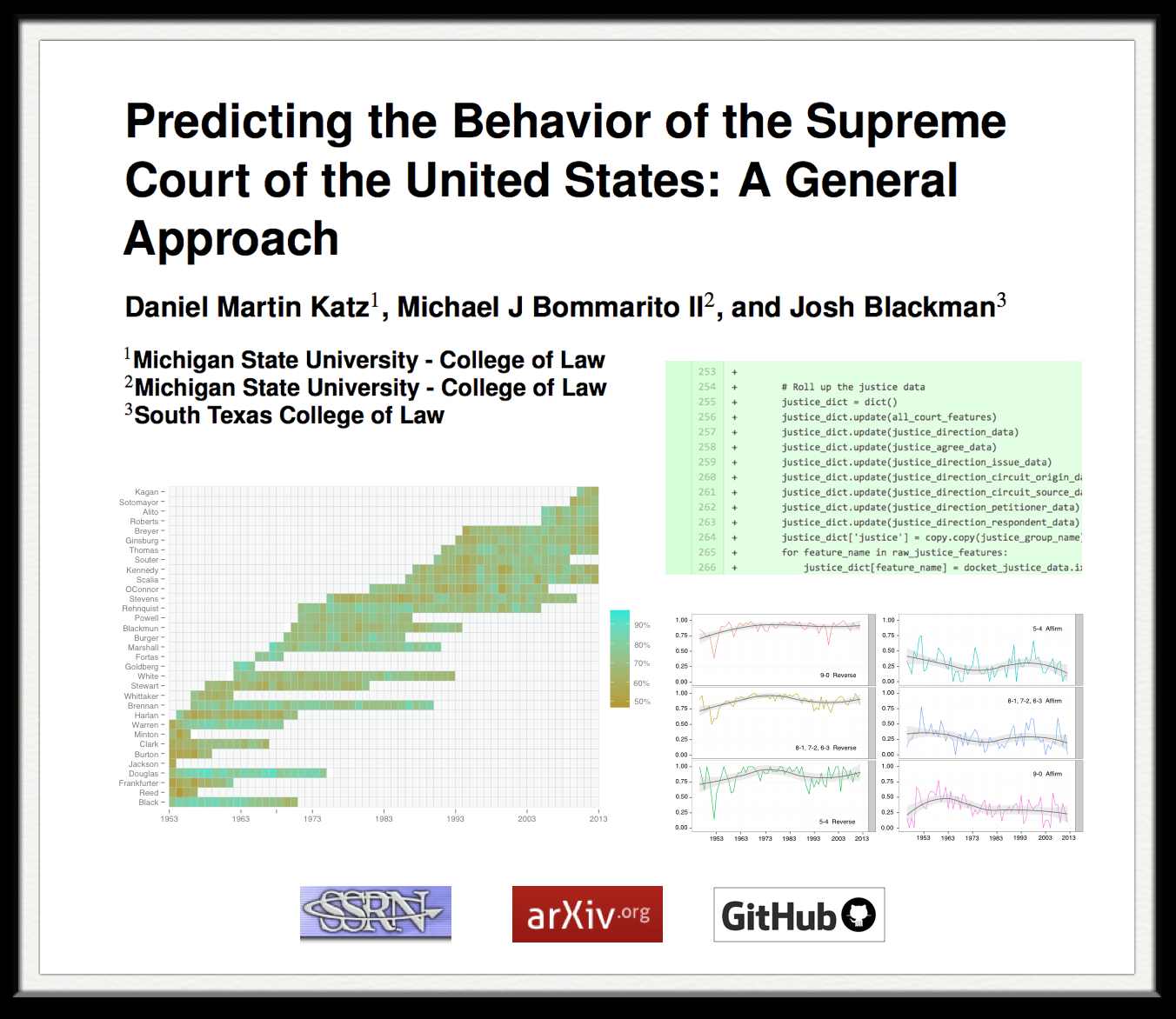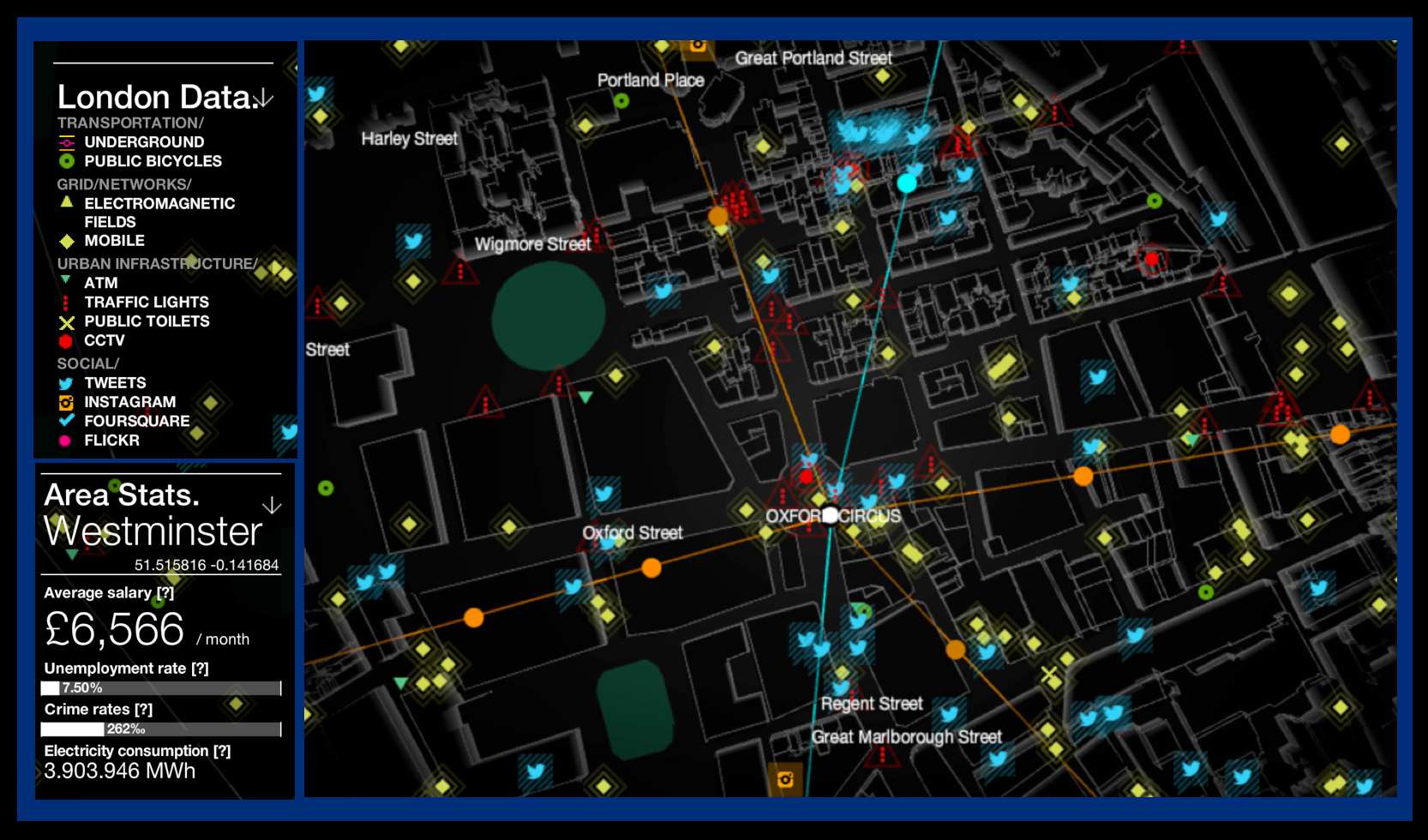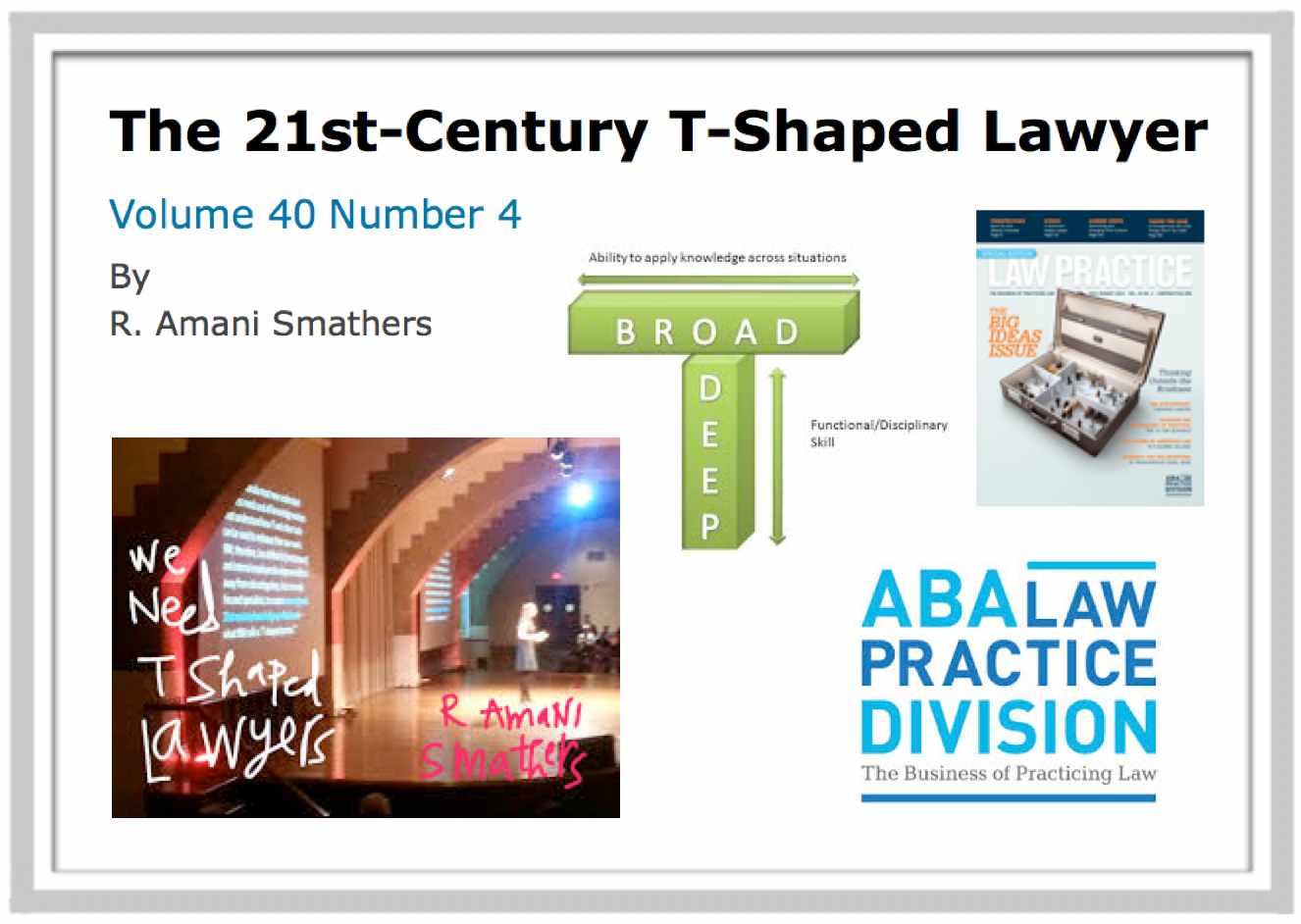
Abstract: “Building upon developments in theoretical and applied machine learning, as well as the efforts of various scholars including Guimera and Sales-Pardo (2011), Ruger et al. (2004), and Martin et al. (2004), we construct a model designed to predict the voting behavior of the Supreme Court of the United States. Using the extremely randomized tree method first proposed in Geurts, et al. (2006), a method similar to the random forest approach developed in Breiman (2001), as well as novel feature engineering, we predict more than sixty years of decisions by the Supreme Court of the United States (1953-2013). Using only data available prior to the date of decision, our model correctly identifies 69.7% of the Court’s overall affirm and reverse decisions and correctly forecasts 70.9% of the votes of individual justices across 7,700 cases and more than 68,000 justice votes. Our performance is consistent with the general level of prediction offered by prior scholars. However, our model is distinctive as it is the first robust, generalized, and fully predictive model of Supreme Court voting behavior offered to date. Our model predicts six decades of behavior of thirty Justices appointed by thirteen Presidents. With a more sound methodological foundation, our results represent a major advance for the science of quantitative legal prediction and portend a range of other potential applications, such as those described in Katz (2013).”
You can access the current draft of the paper via SSRN or via the physics arXiv. Full code is publicly available on Github. See also the LexPredict site. More on this to come soon …





